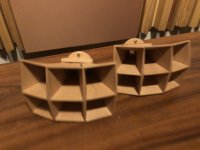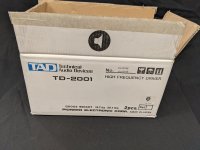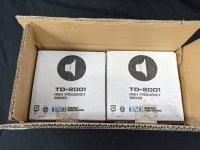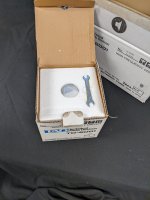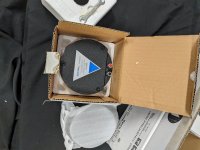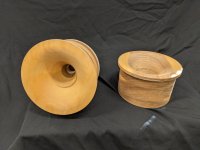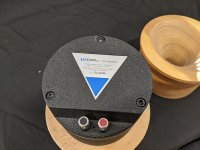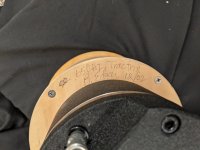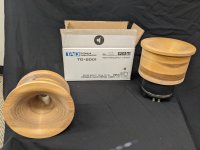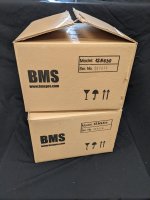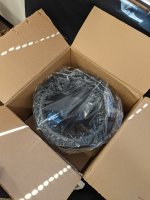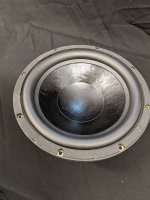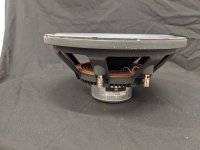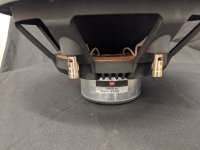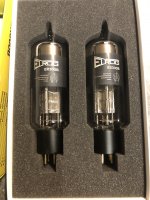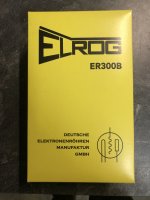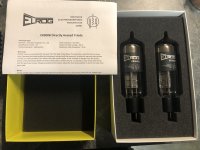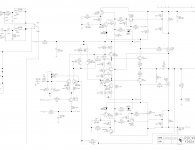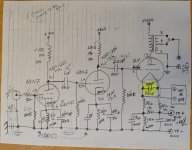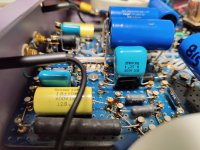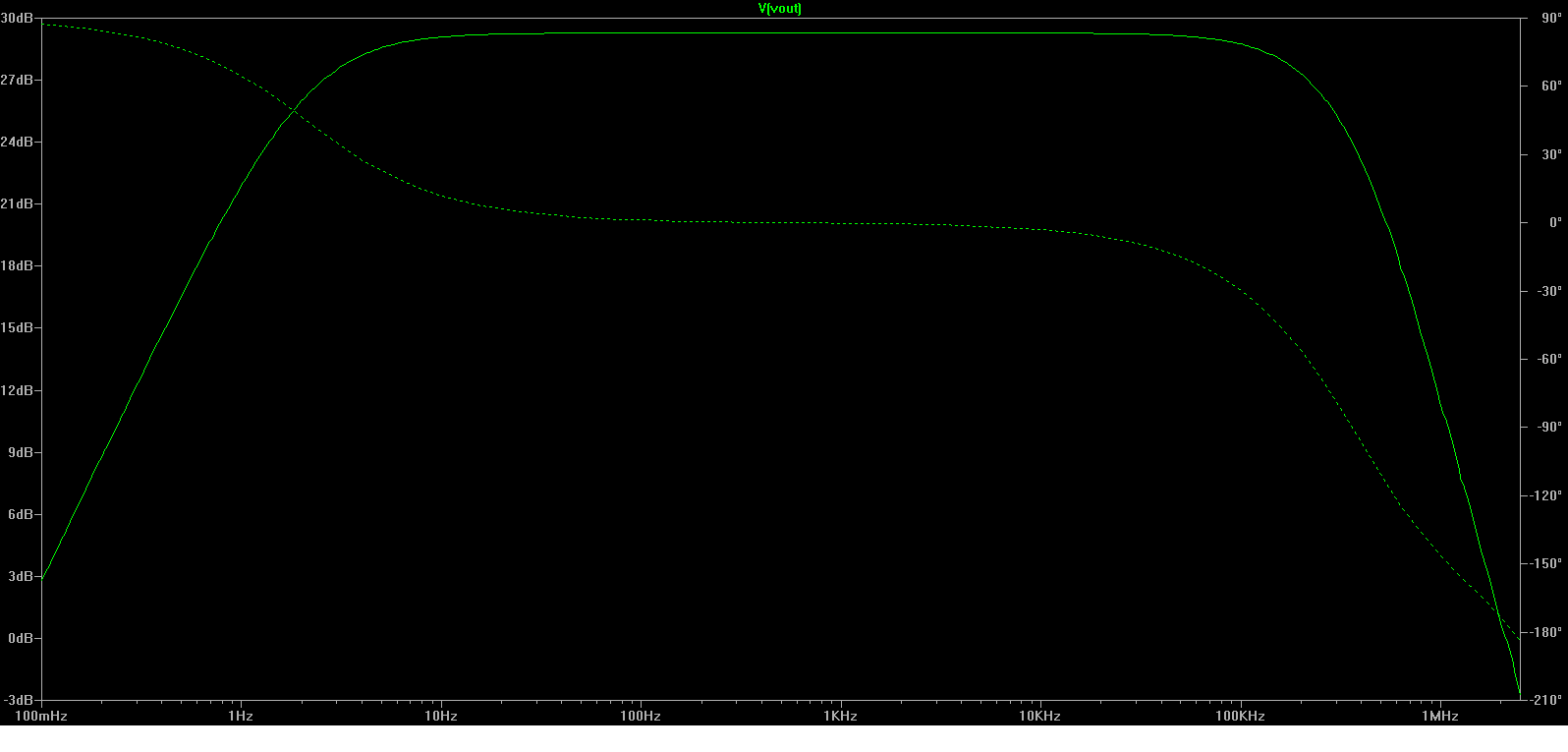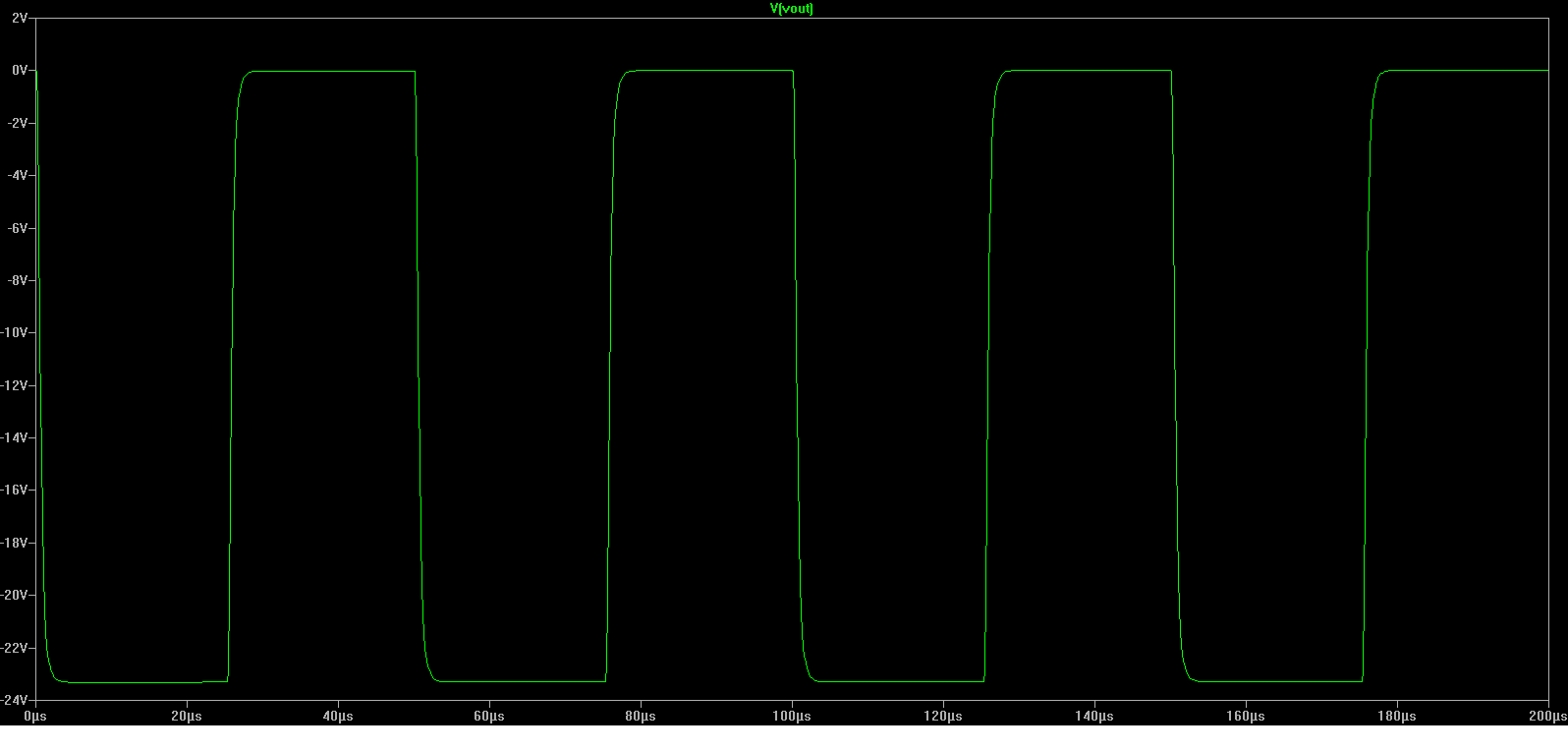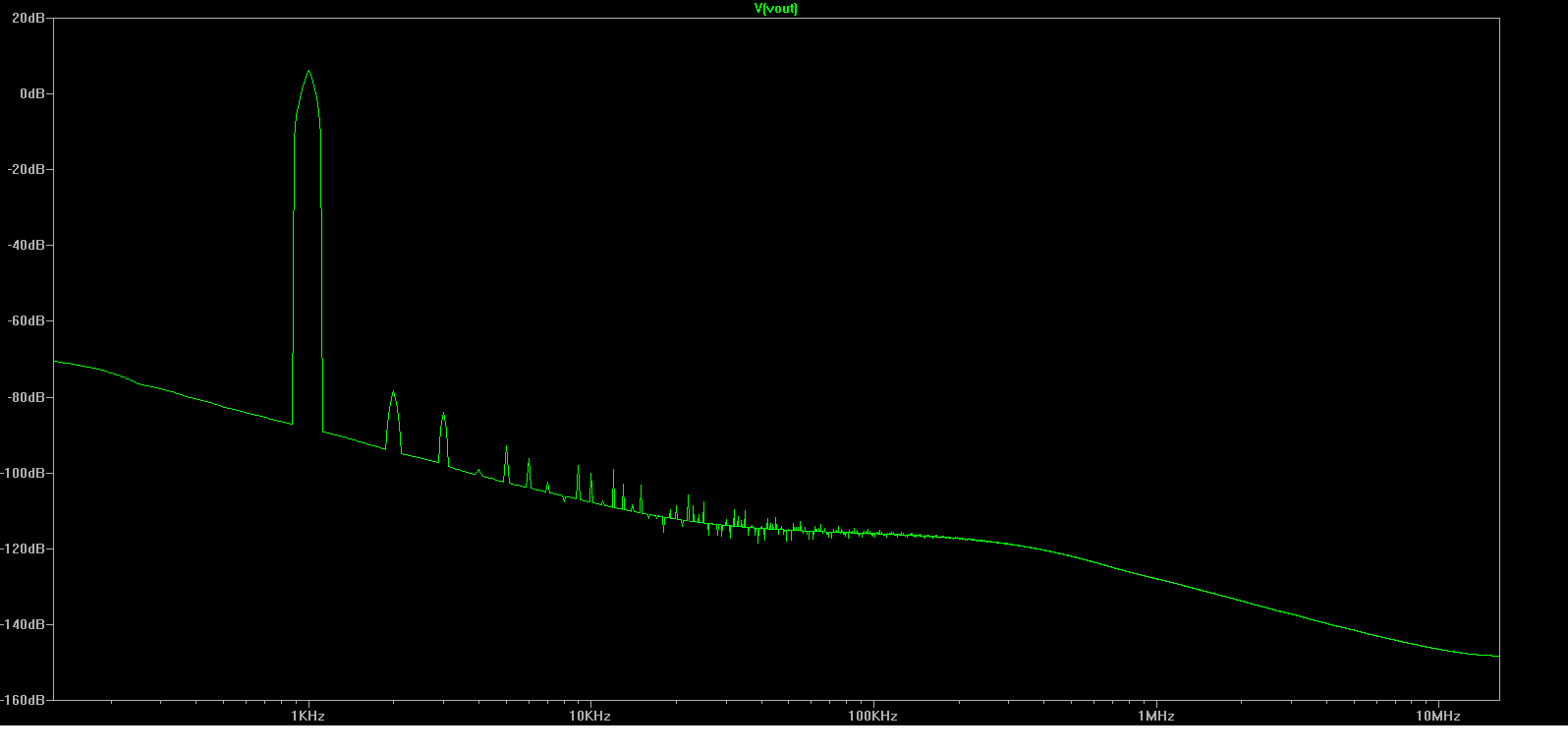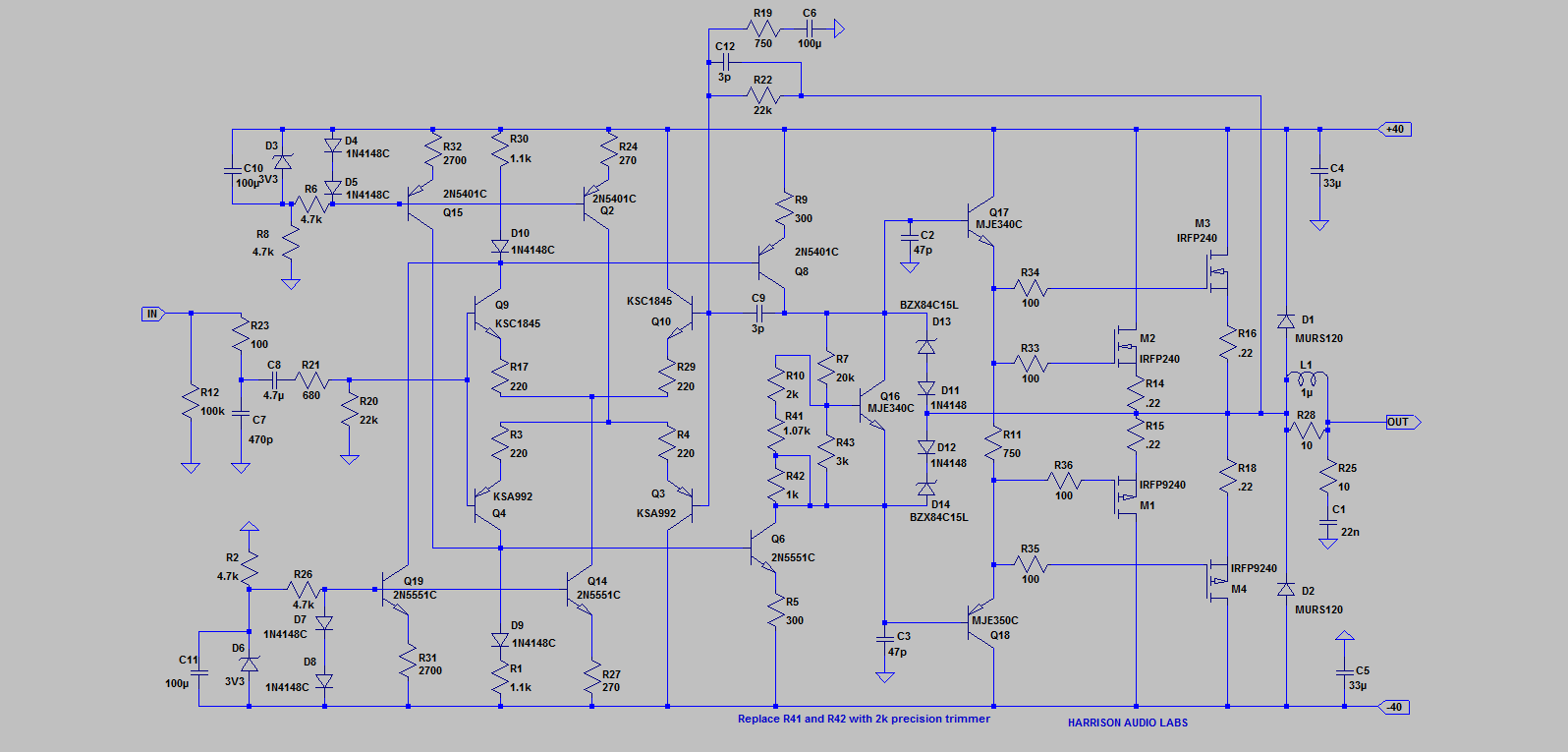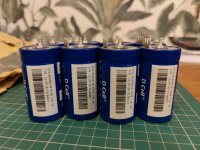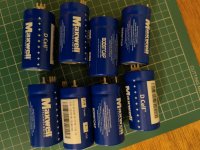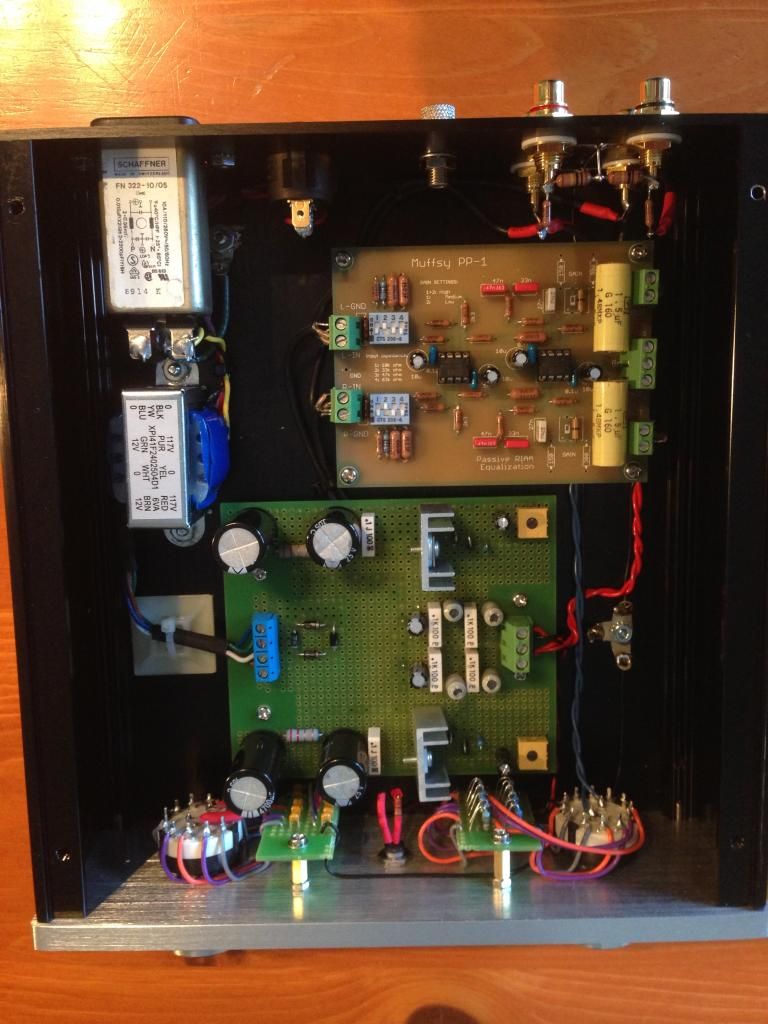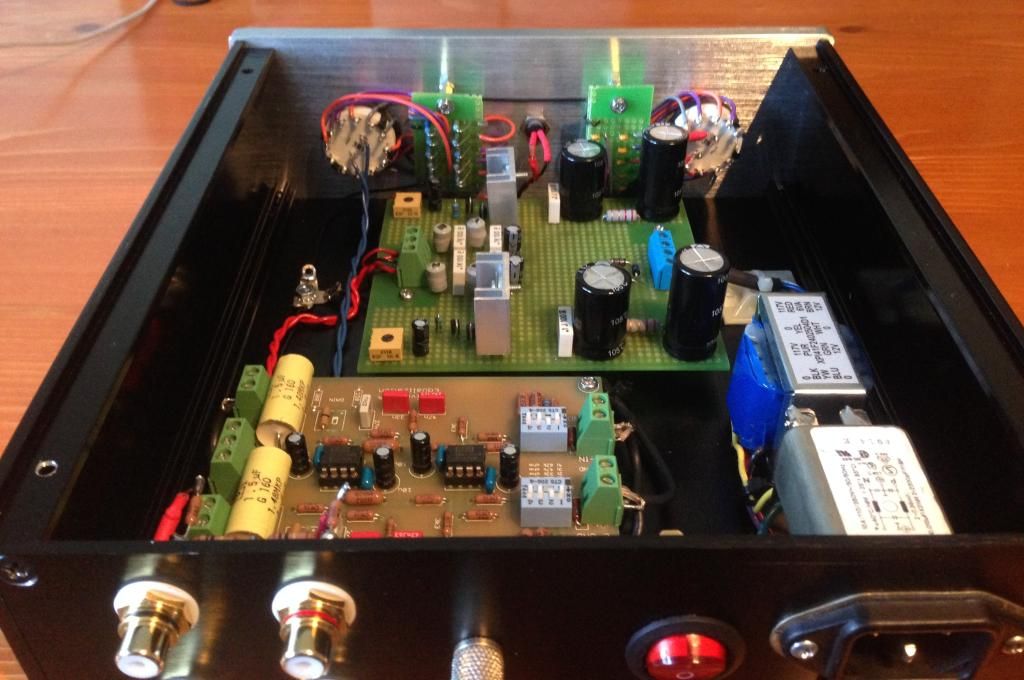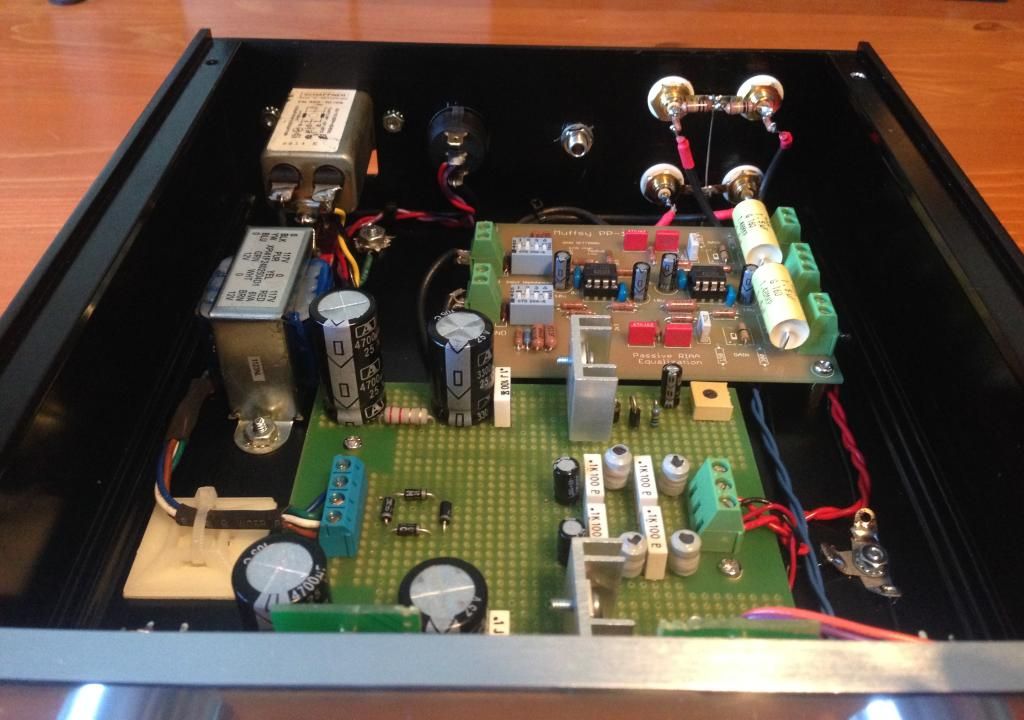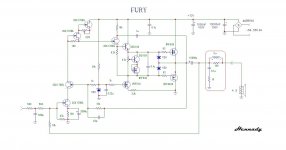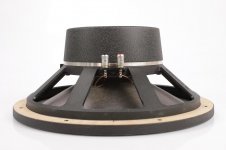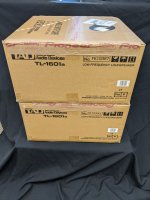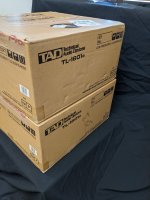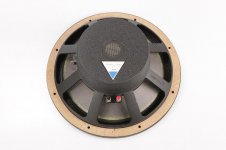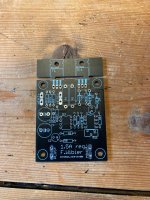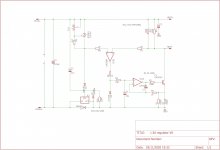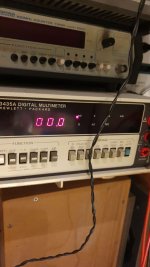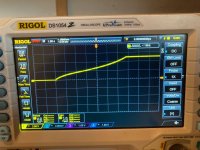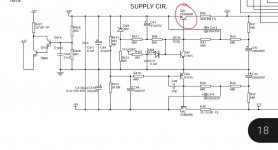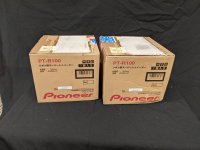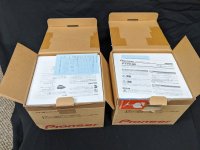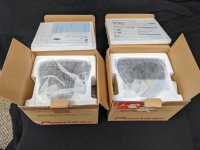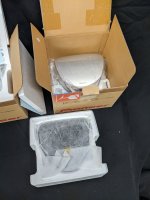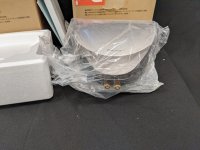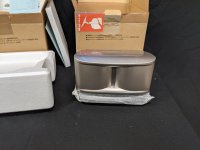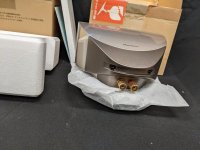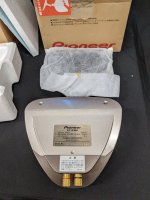Enclosure design help
- By duanestorey
- Multi-Way
- 25 Replies
Hey everyone,
I've been reading some books on designing/building a speaker cabinet. It seems like a fun project over the winter, and I'll have some time.
I do have a question though about speaker enclosures. I look at a speaker, for example the DA175-8 7" aluminum cone woofer. It has parameters of 8 ohms, Qts of 0.58, Vas of 16.3L, Fs of 39Hz. When I use online calculators to determine the optimum enclosure size for sealed vs ported, I get 33.5L for sealed, and 54L for ported (using this calculator - https://www.diyaudioandvideo.com/Calculator/SpeakerBoxEnclosure/)
But when I go to various websites, it lists this:
Optimum Cabinet Size (simulated using something called Bass box 6 pro):
Ported: 1.2ft^3 (33L)
Sealed: 0.46ft^3 (13L)
So what's the deal? Why is there such a huge discrepancy between what's listed on the manufacturing website, and what the online calculators show? When I look for completed builds as well, many of them look pretty small based on these numbers, so I'm a bit confused.
Thanks.
I've been reading some books on designing/building a speaker cabinet. It seems like a fun project over the winter, and I'll have some time.
I do have a question though about speaker enclosures. I look at a speaker, for example the DA175-8 7" aluminum cone woofer. It has parameters of 8 ohms, Qts of 0.58, Vas of 16.3L, Fs of 39Hz. When I use online calculators to determine the optimum enclosure size for sealed vs ported, I get 33.5L for sealed, and 54L for ported (using this calculator - https://www.diyaudioandvideo.com/Calculator/SpeakerBoxEnclosure/)
But when I go to various websites, it lists this:
Optimum Cabinet Size (simulated using something called Bass box 6 pro):
Ported: 1.2ft^3 (33L)
Sealed: 0.46ft^3 (13L)
So what's the deal? Why is there such a huge discrepancy between what's listed on the manufacturing website, and what the online calculators show? When I look for completed builds as well, many of them look pretty small based on these numbers, so I'm a bit confused.
Thanks.
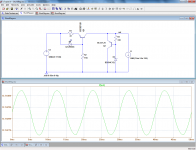
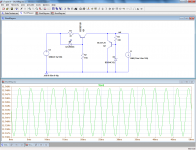
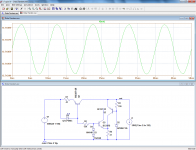
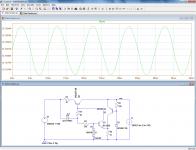
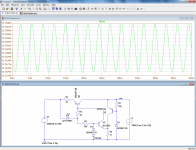
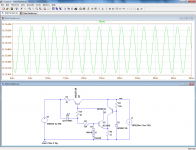
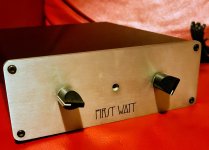
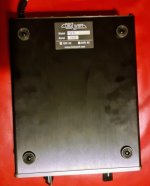
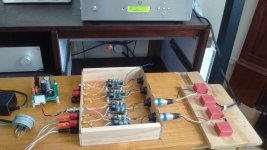

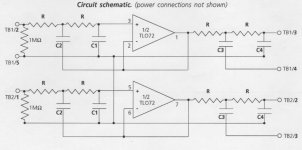
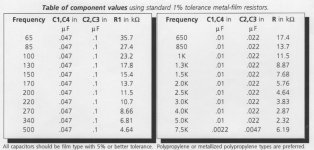
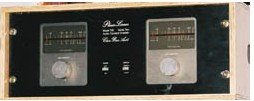
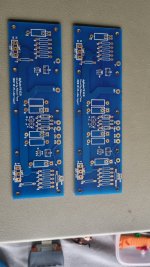
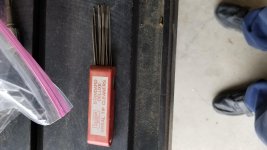
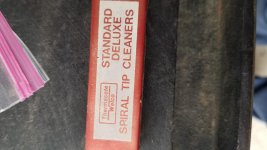
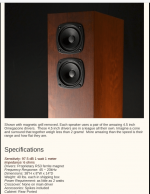
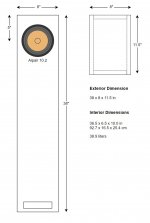
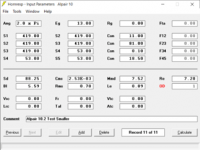
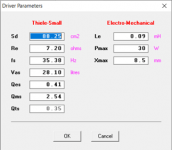
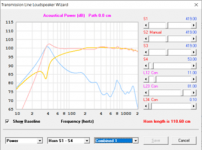
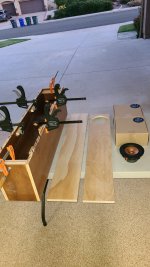
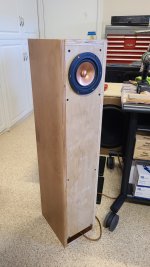
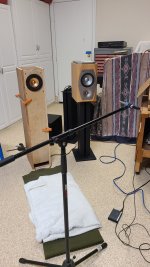
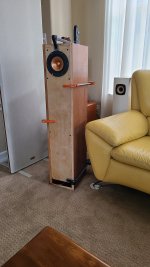
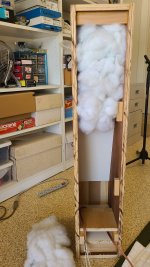




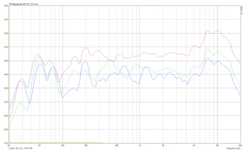
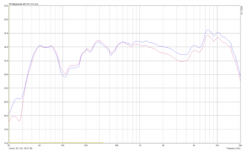
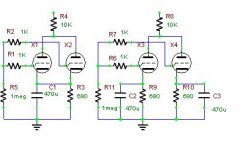
 , was actually onto a valid concept he abandoned too soon, you know, sort of like Tesla* giving up on his time machine (kidding!)?
, was actually onto a valid concept he abandoned too soon, you know, sort of like Tesla* giving up on his time machine (kidding!)? 


